Stone tower houses jut above the rocky Mani hills, standing tough against the fierce Mediterranean sun. Locals built these historic homes for defense, and every stone seems to carry the memory of survival shaping both land and people.
I couldn’t help but feel pulled in by Mani’s wild beauty, where prickly pears push through the rocks and the whole place seems frozen in time.
As I wandered Areopoli’s narrow streets, I squeezed between gray stone walls and caught sight of ancient towers against the kind of blue sky you only get in Greece. Prickly pears lined the roads, their sharp spines daring you to try the sweet fruit inside.
If you’re after something real and a bit off the map, Mani quietly invites you to slow down and discover the strong, silent side of Greece’s hidden peninsula.
Looking for adventure away from the crowds? This region is easily one of Greece’s best-kept secrets. Here, you can lose track of time, savor simple food, and soak up a mix of history and wild nature.
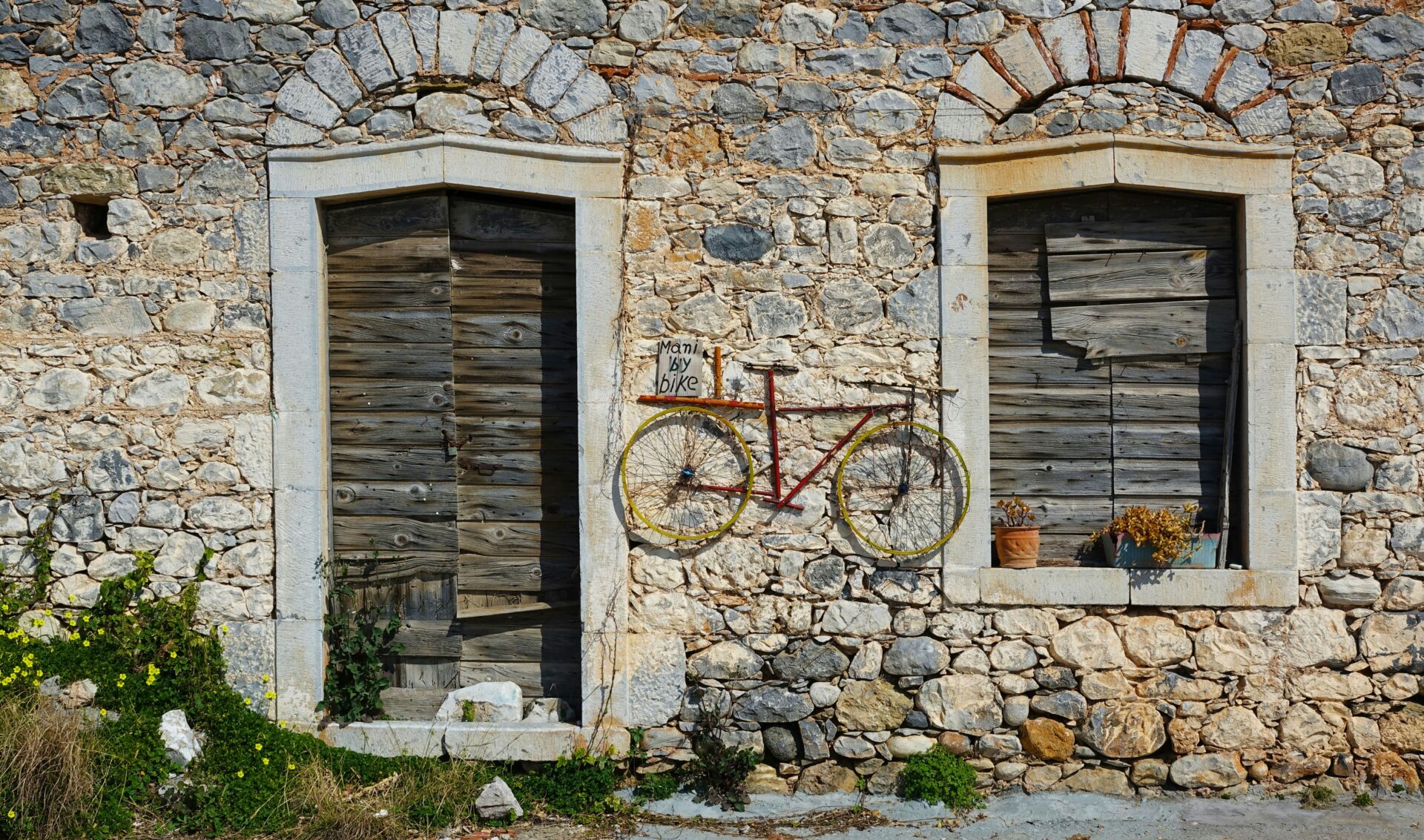
The Stark Beauty of the Mani Peninsula
Harsh mountains crash into wild sea in Mani, where wind sculpts the land into stone and story. Stark towers pop up among prickly pears, and every village and dusty path feels heavy with history.
Geography and Landscape
Mani sits at the southern tip of mainland Greece, stretching out like a bony finger into the Mediterranean. Most of the land is rocky hills and jagged peaks.
Olive trees cling to thin soil, their silver leaves flashing against the sky.
At first glance, the land seems pretty unwelcoming. But after a bit, I started to notice its quiet charm.
Prickly pears grow along old stone paths, and the smell of drying herbs drifts through the air.
Small villages huddle on the hillsides, built to shelter from the fierce sea winds.
There’s not much softness here. Sun and stone shape everything in Mani.
Even in summer’s heat, the land feels powerful.
Walking between cliffs and wildflowers, I felt alive, and honestly, a little small.
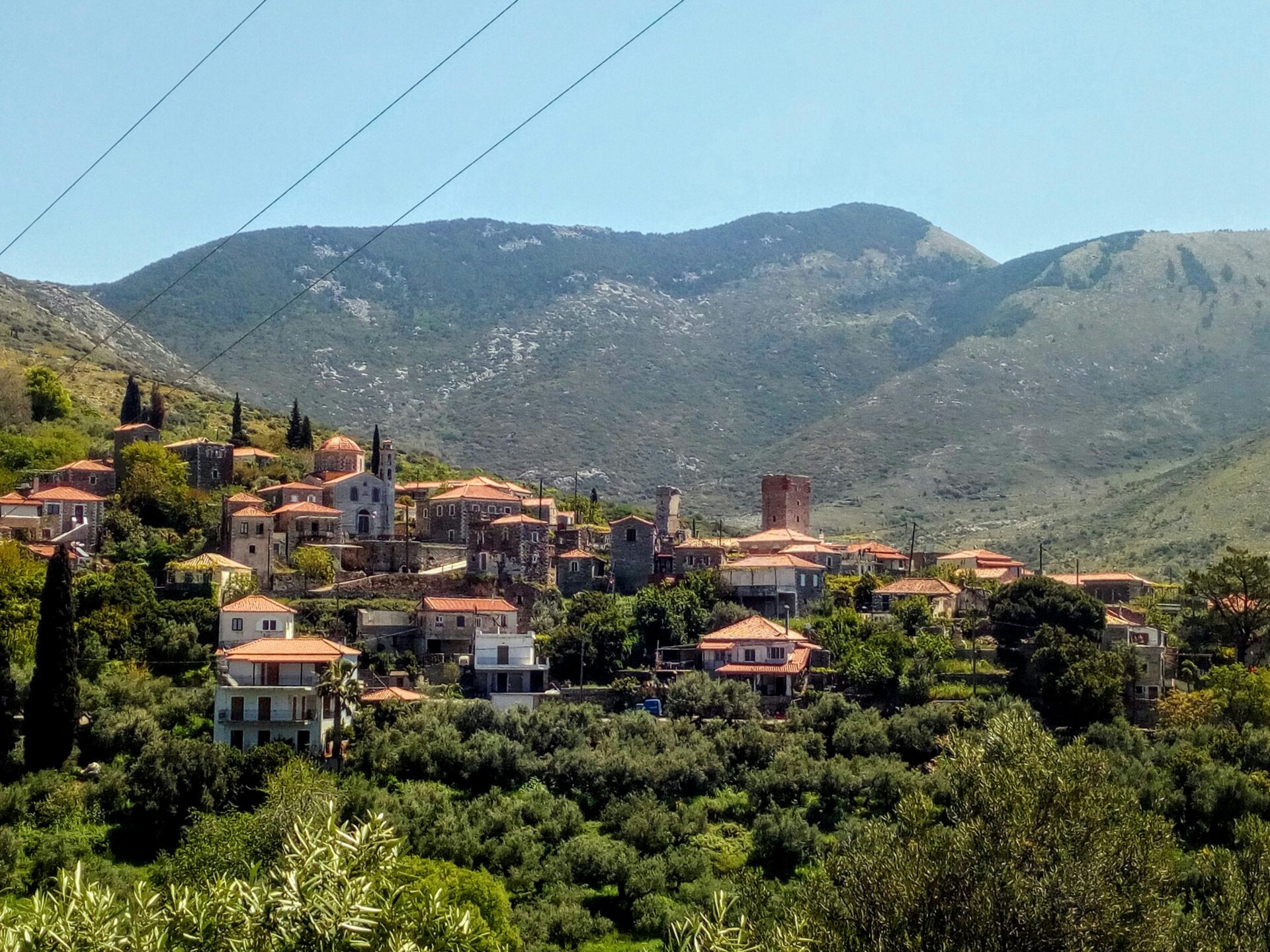
Stories Woven Into Stone
Mani’s tower houses stand tall in nearly every village. Locals built these stone towers for defense, not just against invaders but sometimes against feuding neighbors.
Some towers are over 400 years old, built to outlast both time and trouble.
The past lingers everywhere. Each tower holds stories—battles, families protecting what’s theirs, survival against the odds.
I pictured people inside during long nights, trusting those thick walls.
As I passed broken towers, I didn’t just see history; I saw pride and a stubborn kind of happiness.
The Maniots built for strength, not comfort. The architecture itself teaches endurance—a reminder that beauty here comes with a bite.

First Impressions and Lasting Memories
My first drive through Mani left me a bit stunned. The emptiness, the open space—just hills and towers breaking the horizon.
My camera couldn’t catch the scale, the salty air, or the deep quiet.
Locals greeted me with a quick nod or a wave—no big smiles, but a kind of warmth in those brief hellos.
Life here moves at its own pace. I found happiness in slow mornings, creamy goat cheese on crusty bread, and the shock of color from prickly pear fruit.
Evenings brought gold light on stone, and a sense of peace settled in.
As the sun dipped, I realized Mani isn’t just a place to see—it’s something you feel. It’s raw power balanced with the simplest joys.
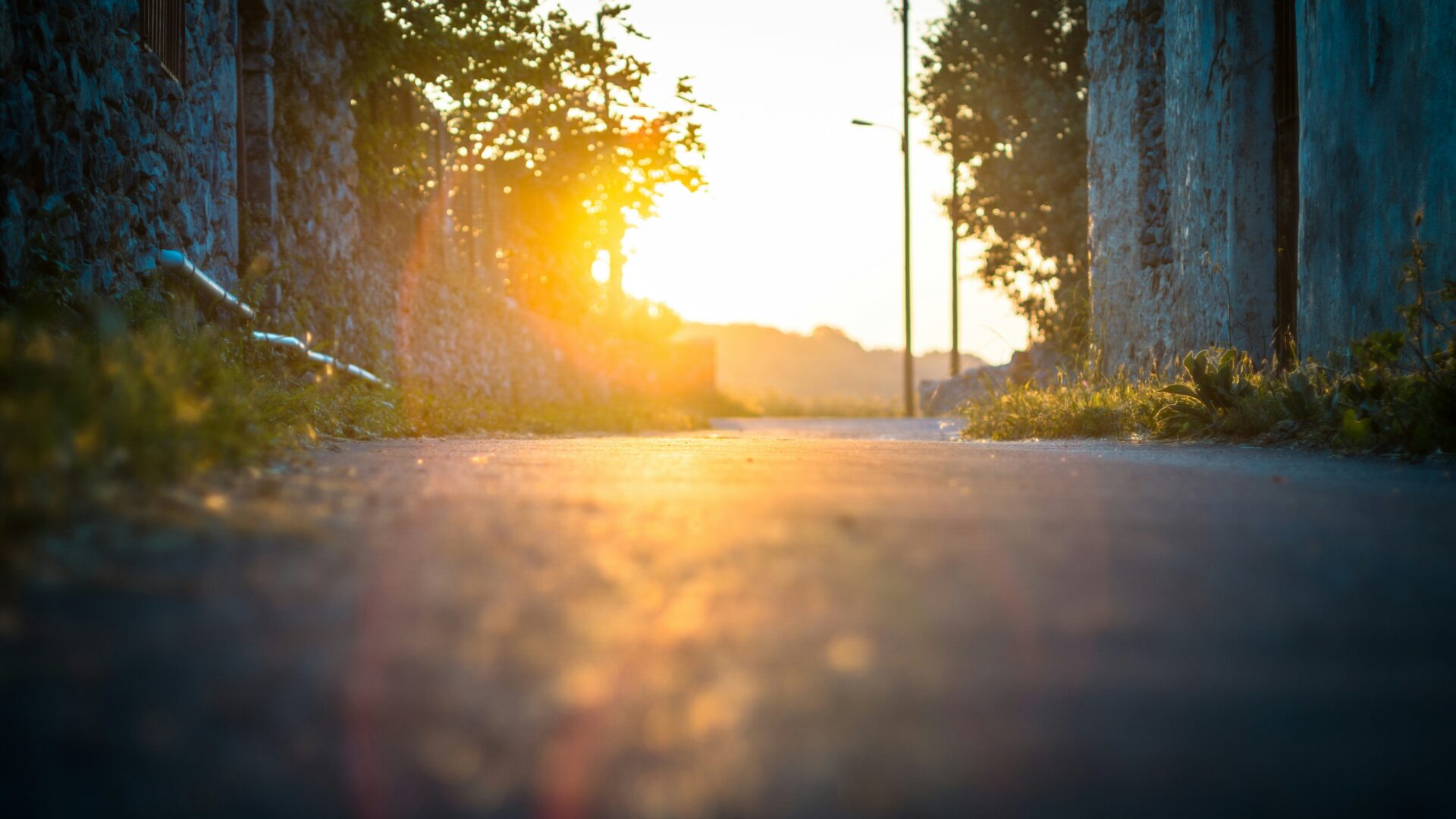
Tower Houses: Guardians of History
Stone tower houses rise above Mani’s wild land, marking both shelter and strength.
Built for protection and family honor, these towers now draw travelers and anyone curious about Mani’s fierce past.
Origins and Purpose
I first heard about Mani’s tower houses from a local guide. He explained their roots go back to the Middle Ages.
Maniot families didn’t build ordinary homes—they built stone towers to defend against raids and rival clans.
These towers were fortresses, not just houses.
Survival drove their design. In a place famous for independence, tower houses let families watch for danger and stay safe when feuds broke out.
Every stone seems to tell its own story, tied to family pride.
Some towers reach several stories high—proof that in Mani, building up meant outlasting both enemies and the tough climate.
Mani’s harsh land attracted strong people. Towers became symbols of identity and power, almost like a phoenix rising after each challenge.
Some say these towers have inspired scenes in literature and travel writing, which honestly makes sense.

Architectural Features and Secrets
Standing in the shadow of a Mani tower, I noticed how thick the walls were—often more than a meter.
They weren’t built for show. The stone kept the inside cool during brutal summers and safe during attacks.
Tiny slit windows worked as lookout points and defense, letting in just enough light while keeping arrows out.
Many towers cluster together, linked by hidden paths. Families could pass messages or escape if enemies closed in.
Inside, spiral staircases made me feel like I’d stepped into a medieval story.
Some towers had trap doors or wells—lifelines during a siege.
The details grabbed me: carved lintels, painted icons tucked above doors.
Each tower seemed to keep its own secrets. I imagined how quick thinking and courage mattered just as much as strong walls.
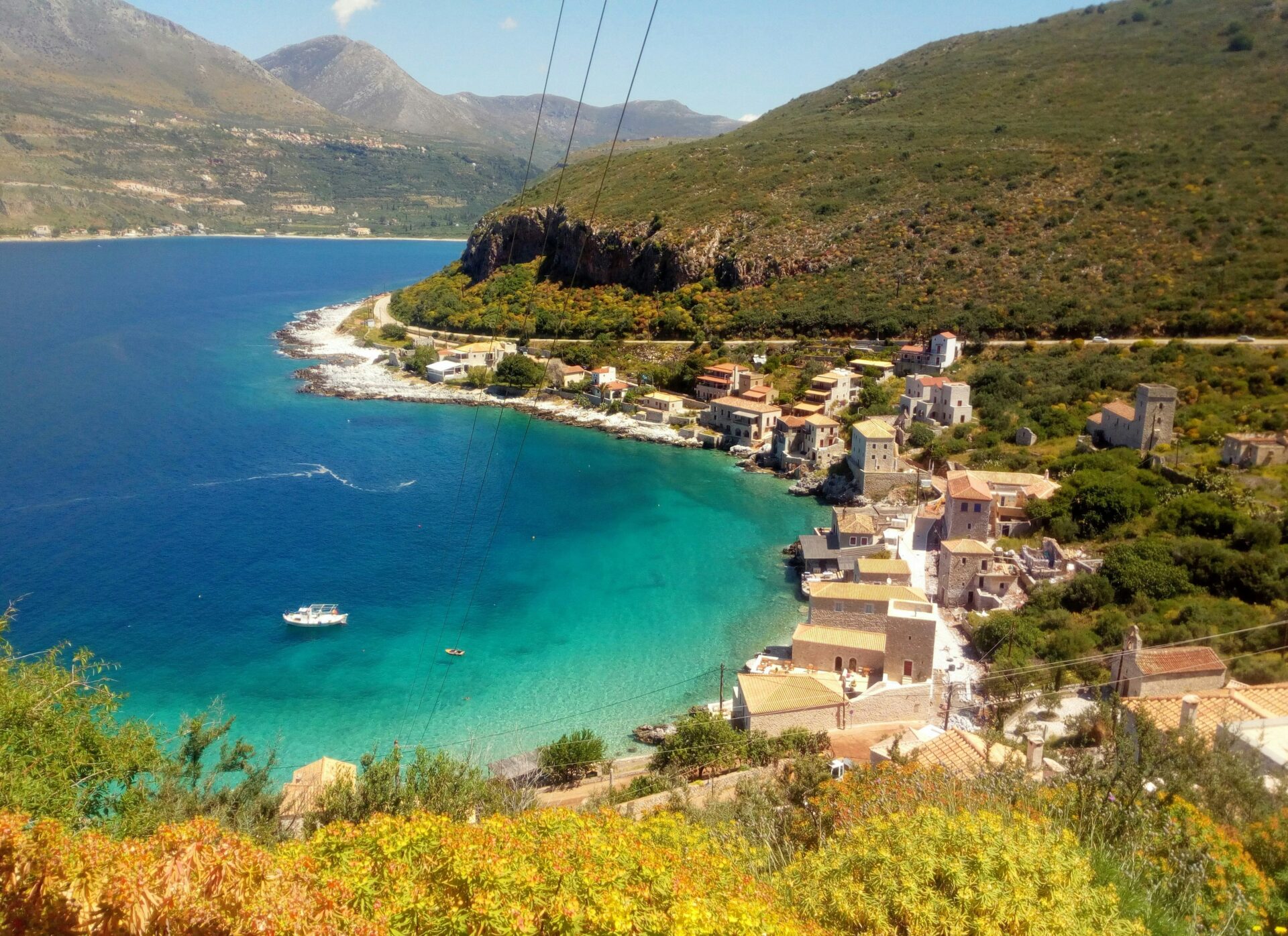
Tales of Clans and Blood Feuds
Mani overflows with stories, from whispered legends to tales in old books.
Feuds between clans turned tower houses into both shields and battlegrounds.
One guide told me about a family’s chronicles—how a single torch signal could summon allies from nearby towers.
These feuds shaped Mani’s identity. Local kids and visitors alike love the dramatic stories.
Blood feuds sometimes lasted for years, fought over honor, land, and old grudges.
Some only ended when families finally married or made peace.
Every tower stands as proof of lives lived on the edge. The violence has faded, but the stories stick around, painting Mani’s landscape with stubborn resilience.
The towers, like old legends and that mythical phoenix, just won’t disappear.
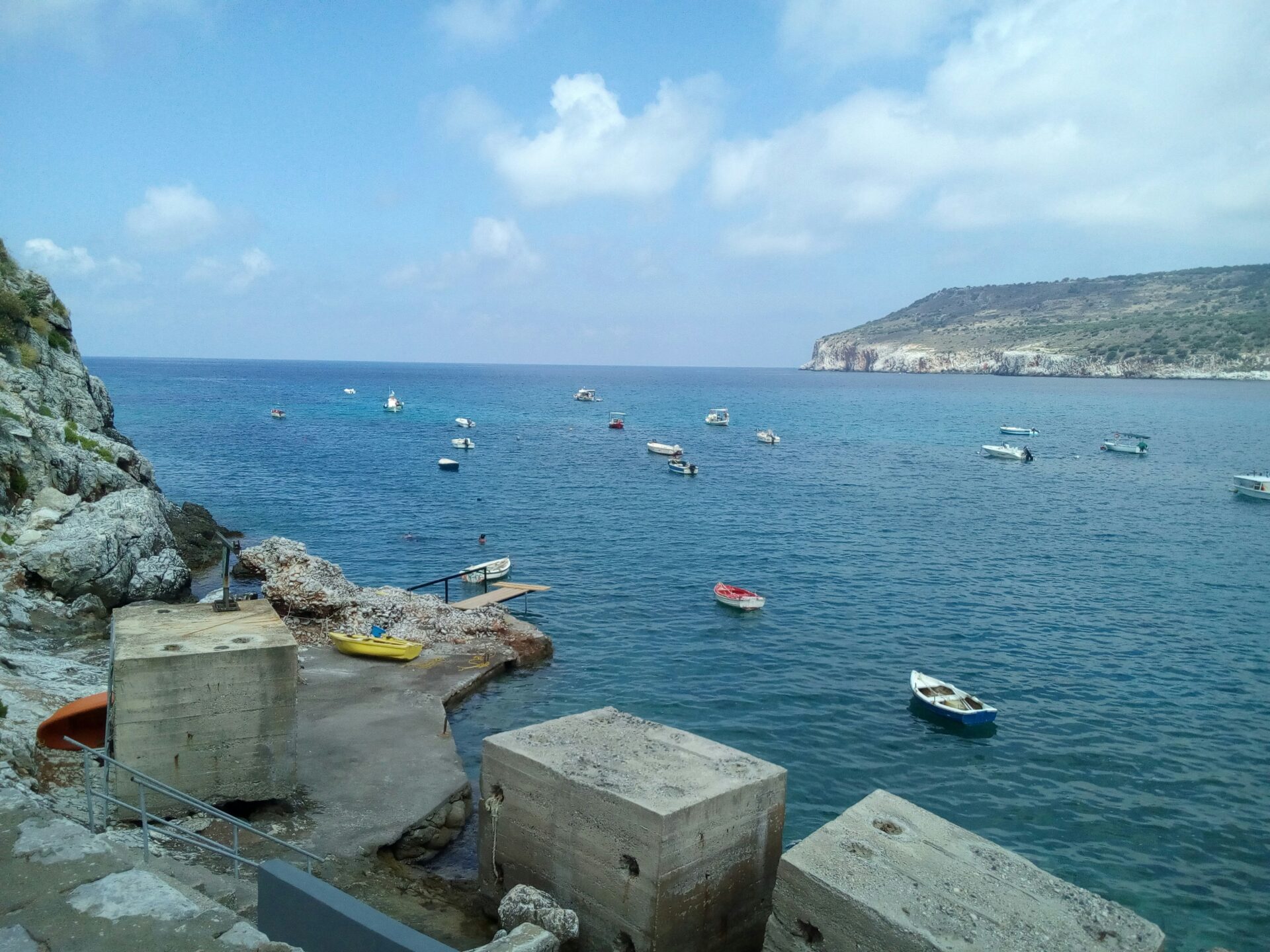
The Enigma of Prickly Pears
I noticed prickly pears everywhere, growing wild across Mani’s rocky hills.
Their bold colors and spiky shapes jump out, hinting at stories that go deeper than just looks.
These cacti work their way into local foods, celebrations, and daily life.
A Flavor of the Mani
The first time I bit into a prickly pear, I was surprised—it’s sweet and mild, with tiny seeds and bright red or orange flesh.
In Mani’s dry heat, the fruit is a refreshing treat.
Locals chill the fruit before eating, letting the coolness bring out its gentle flavor.
You’ll see prickly pears sold roadside or from baskets outside village homes, looking as tempting as any dessert.
Personally, they became a symbol for me—a reminder of how simple treats and little surprises can bring real happiness.
Some people taste a floral note, others say it’s a bit like melon or fig. Either way, it’s easy to see why these fruits belong in Mani’s summer routine.
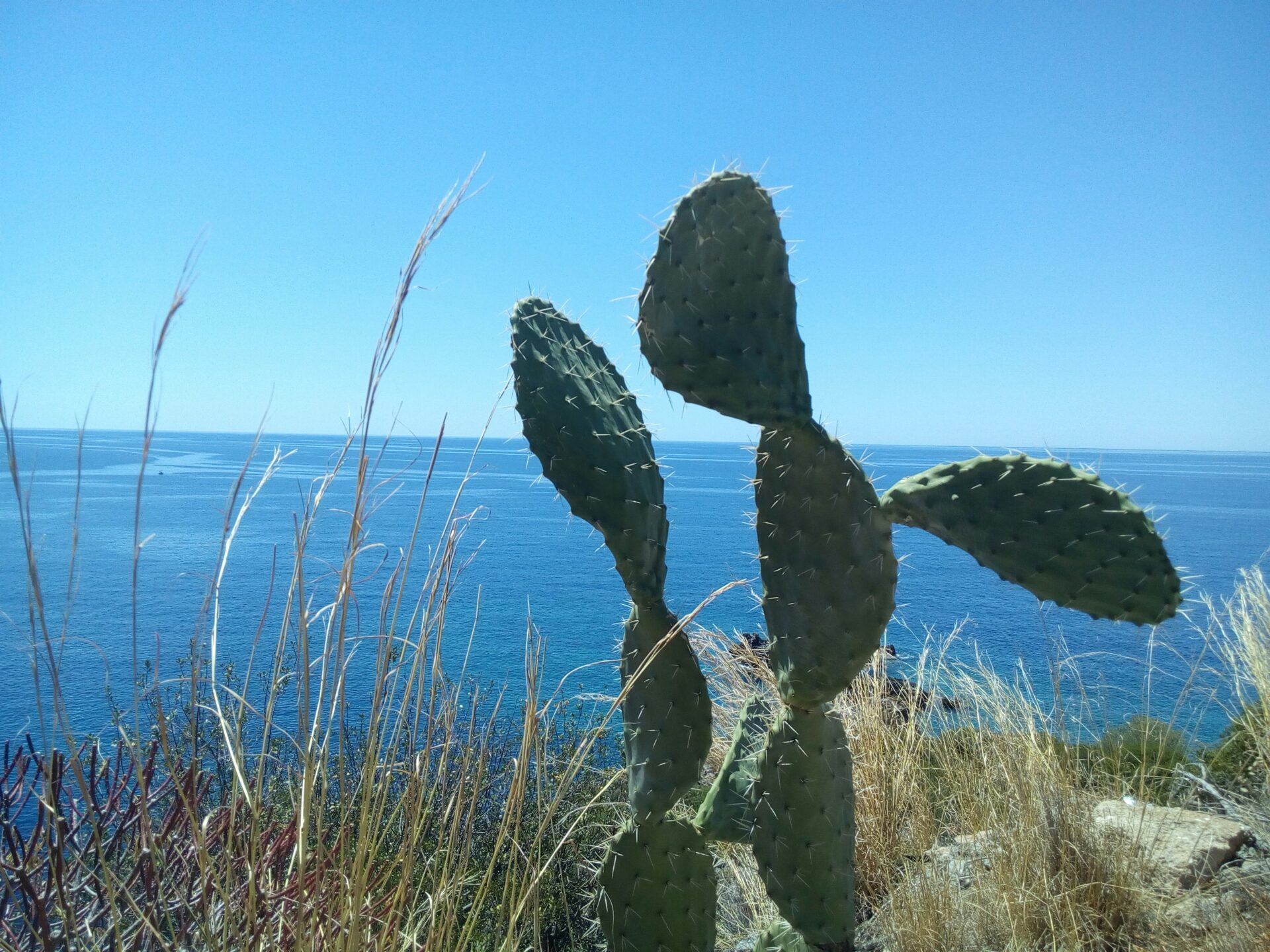
Cultural and Culinary Uses
Here, prickly pears aren’t just snacks—they show up in all kinds of recipes.
At village gatherings, I tasted spoon sweets made from prickly pear pulp, served with tiny glasses of water and thick Greek coffee.
The flavor is rich and honeyed, and it lingers.
Markets sometimes offer prickly pear syrup or jam, prized for its color and gentle sweetness.
I grabbed a small jar to take home, already thinking about adding it to yogurt or ice cream.
Locals even press the seeds into oils for beauty products—a tip I picked up from an elderly woman who swore by it.
You’ll find these ideas in community cookbooks or local ebooks, where recipes and stories get passed down.
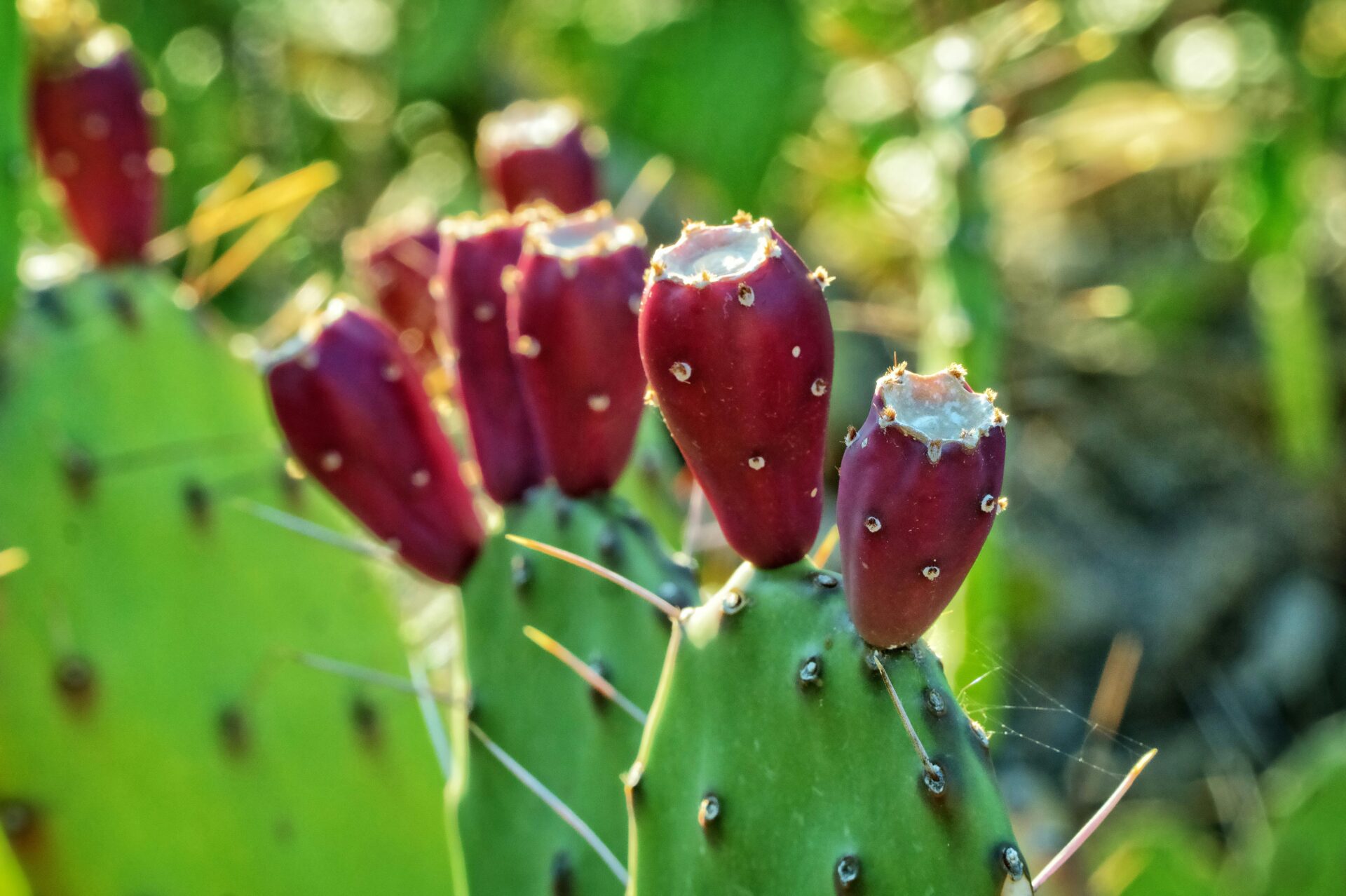
Harvest Rituals and Local Legends
Harvesting prickly pears in Mani takes care. Spines guard the fruit, so locals use thick gloves and simple tools to twist them free.
Early morning is best, before the sun makes the hills too hot.
Some families gather at dawn, sharing laughter and old stories as they work.
Local legends say the cactus brings luck and protects against illness.
There’s a belief that prickly pears by your door invite happiness and guard the home—something villagers whispered to me more than once.
This small ritual, repeated every year, weaves daily life with the quiet magic that still hangs over Mani’s ancient landscape.
Watching the harvest, or joining in, I felt connected to a living tradition.
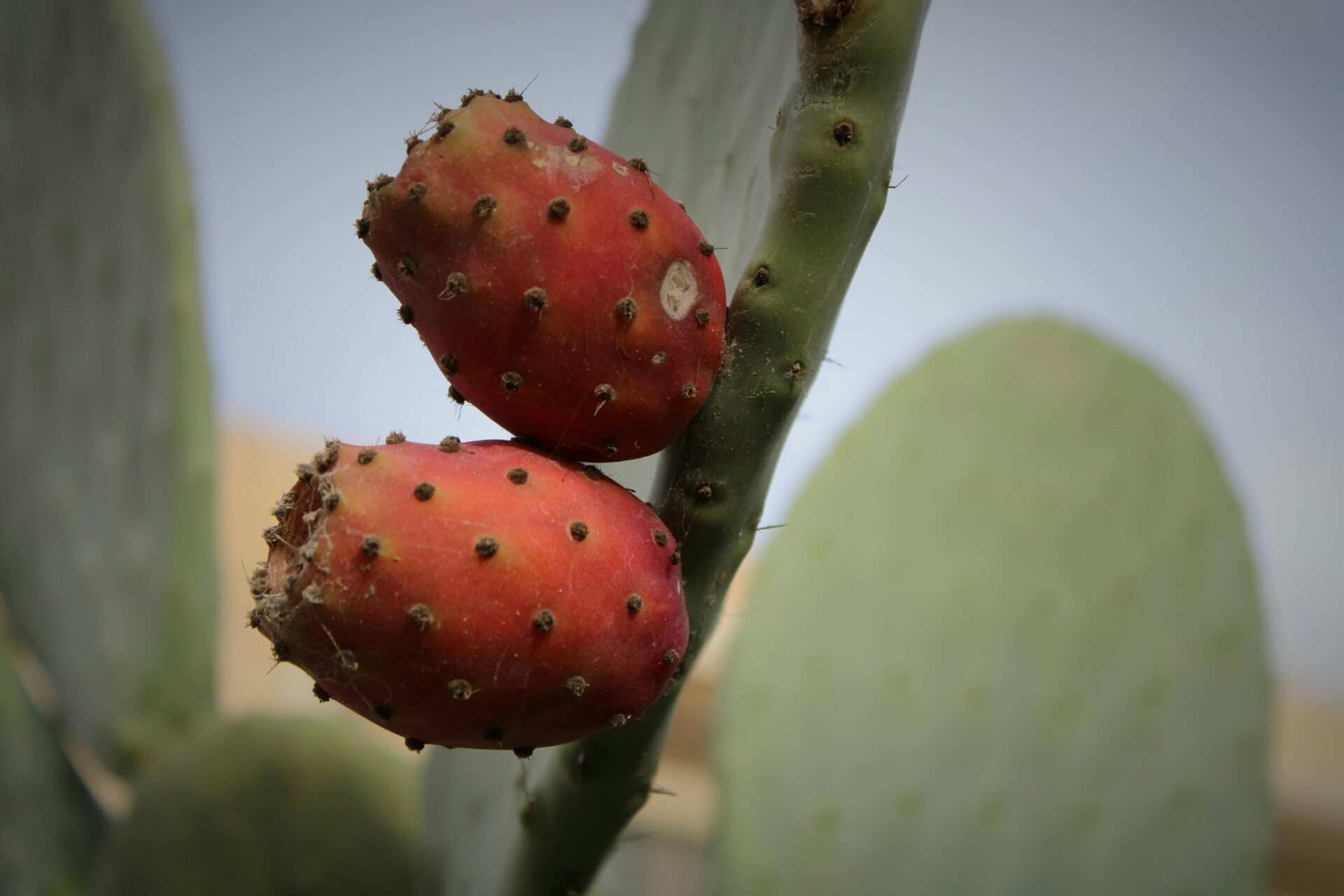
Living With Contrasts: Light, Shadow, and Unnatural Beauty
Mani is a place where hard shadows cut across white tower houses and prickly pears bristle from the ground.
Life here moves between harsh elements and strange, sharp moments of joy.
Beauty in Mani isn’t soft. It’s edgy and intense.
The Dark Side of Rugged Wilderness
I learned quickly—Mani’s beauty isn’t gentle. The hills are rocky, wild, and scattered with stone ruins that hint at tough lives.
On many days, the sun is so bright it carves deep shadows into the land.
Wind scrapes the olive trees, salt stings the air, and prickly pear thorns punish careless hands.
Sometimes, the landscape feels almost too intense, even a bit unforgiving.
People here respect the force of nature; I did too, especially when storms rolled in and everything shifted from sun-baked to wild and fierce.
The starkness made me slow down. Here, happiness isn’t about comfort—it’s about making it through another day in a strong, honest place.
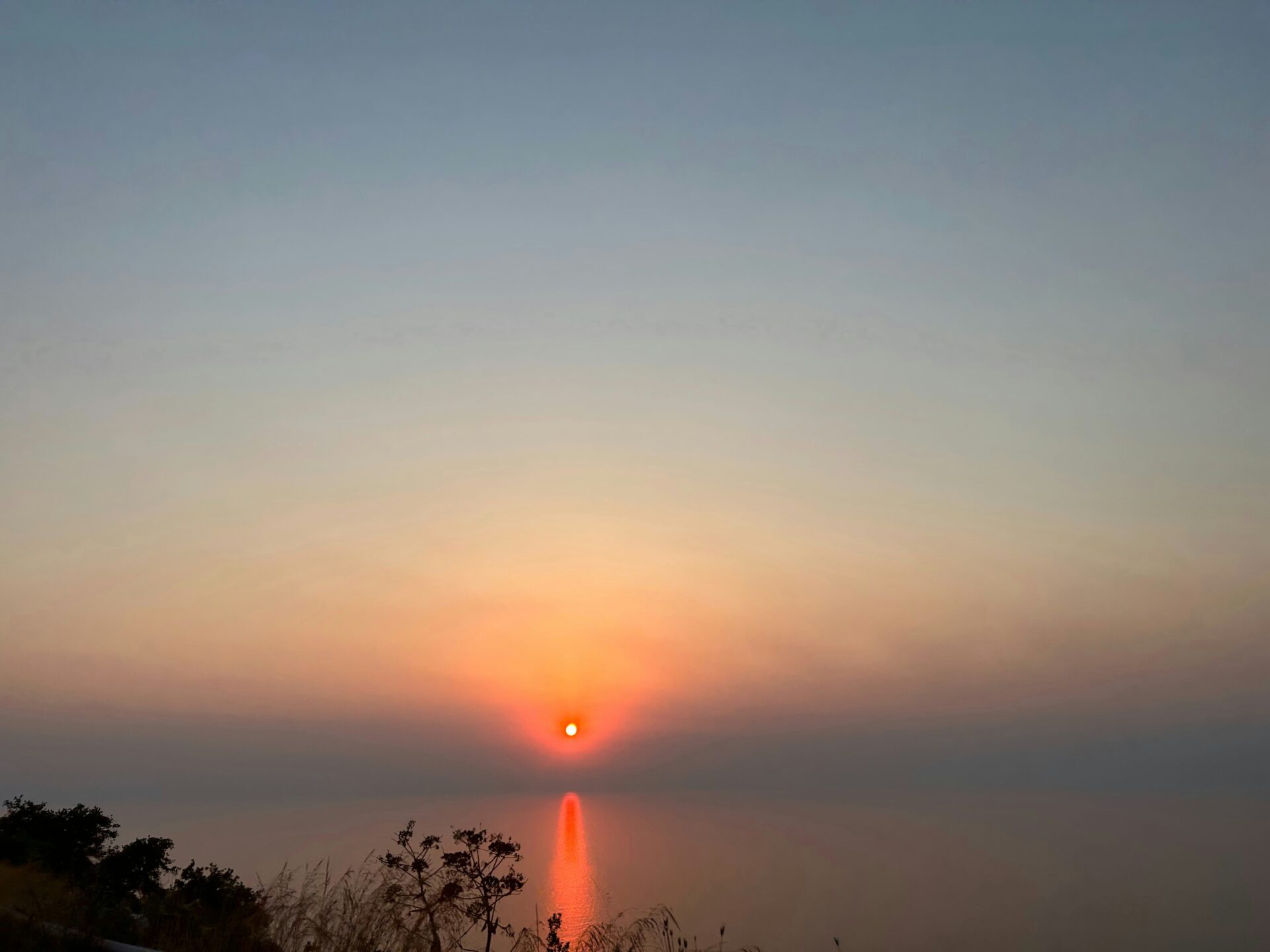
Finding Joy Amid the Starkness
After a while, I started to see a different kind of beauty.
It’s not soft or lush—joy here comes from contrast.
Bougainvillea flashes bright against gray stone, laughter bounces off a terrace, or golden hour light warms everything after a harsh afternoon.
Locals find happiness in small things. Meals with friends under grapevines, a swim in the cool sea, the simple white of a linen shirt flapping in the wind.
Every bit of joy feels sharper because of the hard land around it.
This place taught me something about happiness—it’s not about escaping roughness. It’s about spotting those small, clear moments of light, even when everything else feels tough.
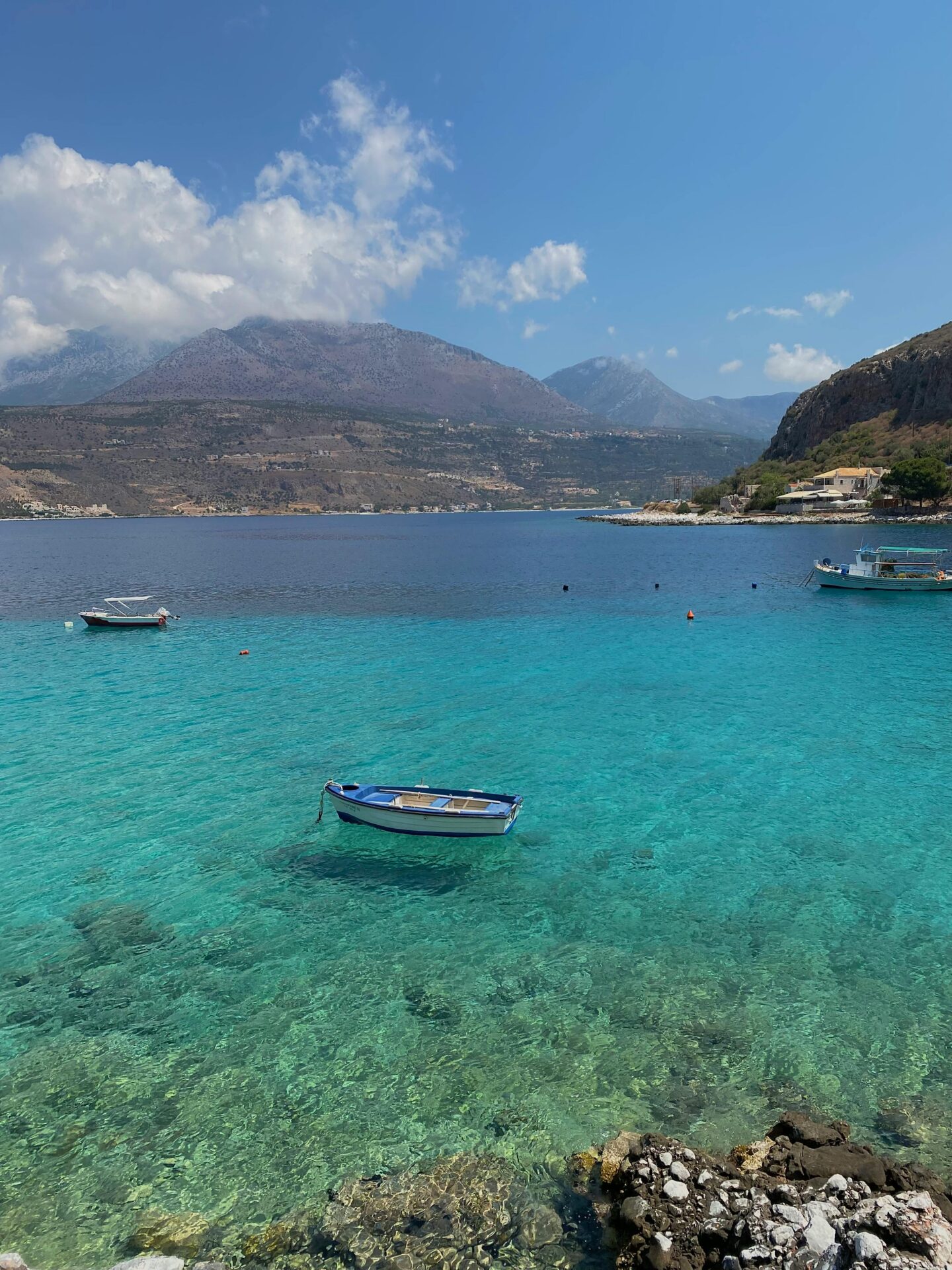
Embracing the Force of Nature
The land shapes every part of life in Mani.
People build thick-walled homes to hide from sun and wind, and old women pick figs before the wild heat hits.
Here, nature isn’t just background—it’s a daily challenge.
At first, I felt uneasy walking alone on stone paths, with only goat bells and sudden weather shifts for company.
But soon I respected the rhythm. The landscape never sits still.
Sharp air, loud cicadas, sudden storms—they all made me feel alive.
Living here means accepting that comfort isn’t always possible.
True beauty in Mani often feels strange, but I found it most deeply when I stopped fighting and let the place show me its wild mix of light and shadow.

Practical Travel Insights for Exploring Mani’s Heritage
From sleeping in crumbling towers to tasting unique fruit, Mani leaves you with flavors and memories that last. Exploring this rugged region goes beyond sightseeing—it’s about immersive moments and slow connections that can’t be rushed.
How to Experience Tower Houses
When I first wandered through Mani, those tower houses just jumped out at me. They really shape the whole landscape.
A lot of these tall stone buildings have turned into guesthouses or tiny hotels. I really think you should try staying in one, even just for a night.
Sleeping there made me wonder about the families and apprentices who once lived and learned inside those walls. It’s easy to imagine the old days with the creaky stairs and thick stone.
You can join guided tours in villages like Vathia or Areopoli. I liked exploring the old rooms and squeezing up those narrow staircases—it gave me a real sense of Mani’s proud, independent vibe.
Each tower seems to hold a story. Some belong to local families, while others pop up in regional legends or books.
Tips when visiting:
- Always ask before snapping photos inside private towers.
- Try to find locally run tours for the best stories.
- Wear sturdy shoes—those uneven stairs and floors can be tricky.
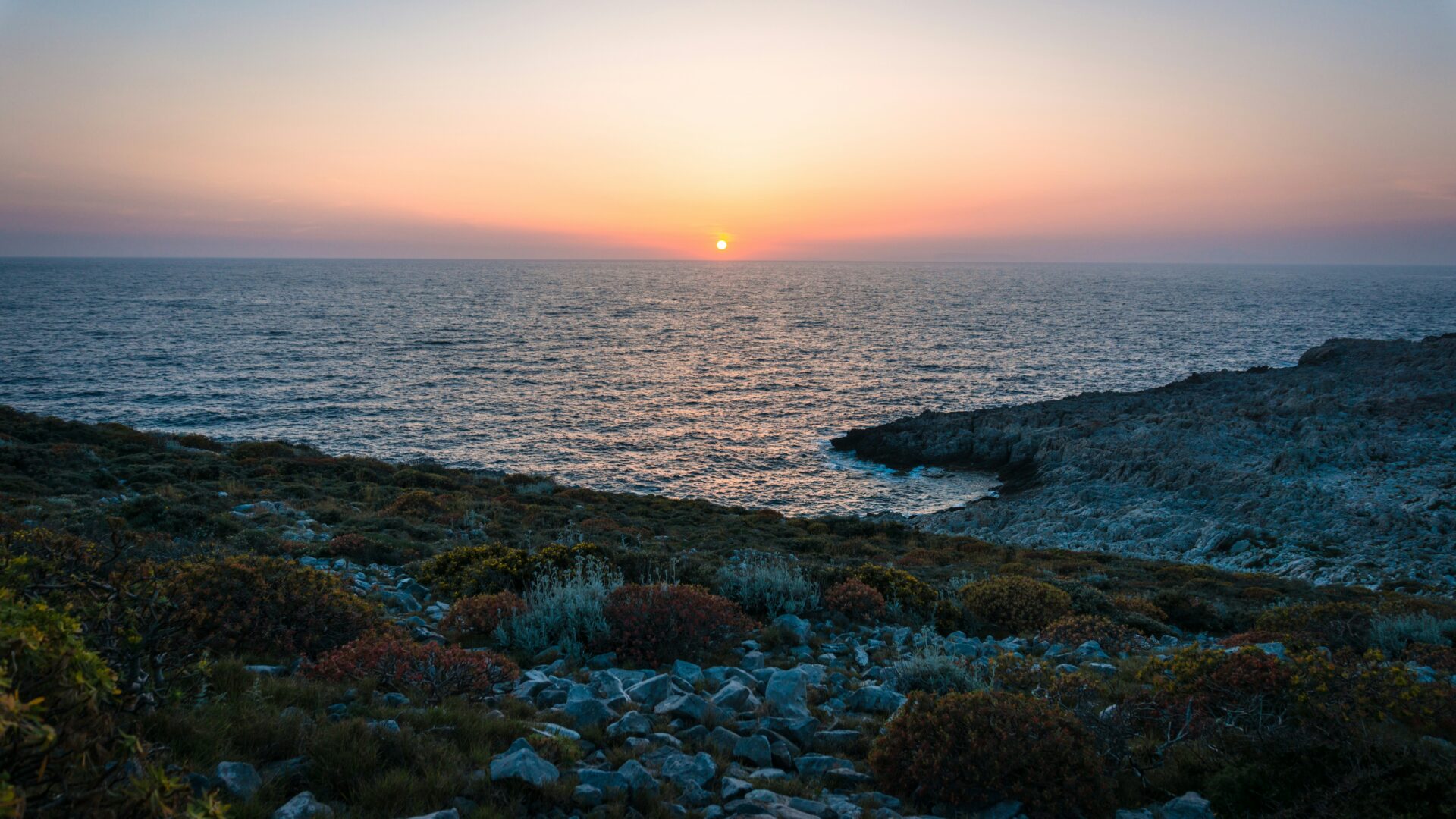
Sampling Prickly Pear Sweets
Prickly pears grow just about everywhere in Mani. In late summer, the bright fruit lights up the rocky hillsides.
Local cafes and bakeries sometimes whip them into jams, fruit bars, or even sweet liqueurs. You never know what you’ll find.
My favorite? Homemade spoon sweets. These preserved cactus fruits, served with coffee, just hit different.
I spotted jars for sale at tiny roadside stands. If you ask, some families will explain how they make them—or even let you watch as they peel and cook the fruit. You can find recipes in regional eBooks too, if you want to try making them yourself.
Best places to buy or try prickly pear sweets:
| Location | What to Look For |
|---|---|
| Areopoli Market | Jars of spoon sweets |
| Small village cafes | Prickly pear pastries |
| Roadside stands | Fresh fruit and jams |
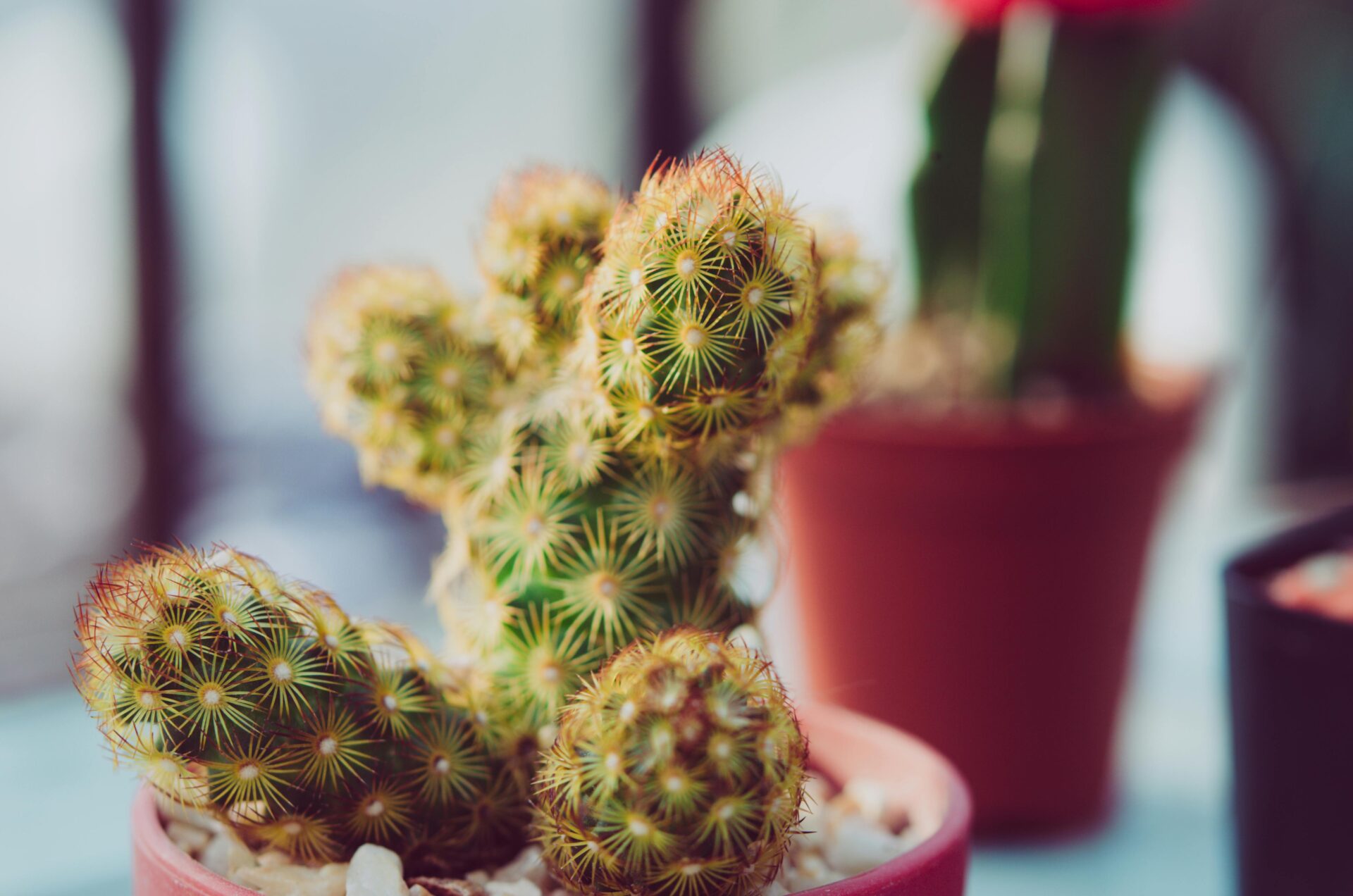
Tips for Respectful Engagement
Respect really matters in Mani. Locals take pride in their heritage, and a lot of old customs still shape daily life here.
I quickly learned to greet people in Greek and always ask before stepping into private spaces or taking photos.
If you’re around for a festival, it helps to read up on the traditions ahead of time. Showing interest in local crafts—like stonework or embroidery—often sparked longer chats.
Some older folks love to tell stories or let you watch apprentices at work. Just ask, and you might get lucky.
I always dressed modestly in small villages and tried to keep things quiet. The slow pace isn’t just for show—it’s a way to honor Mani’s old-school ways.
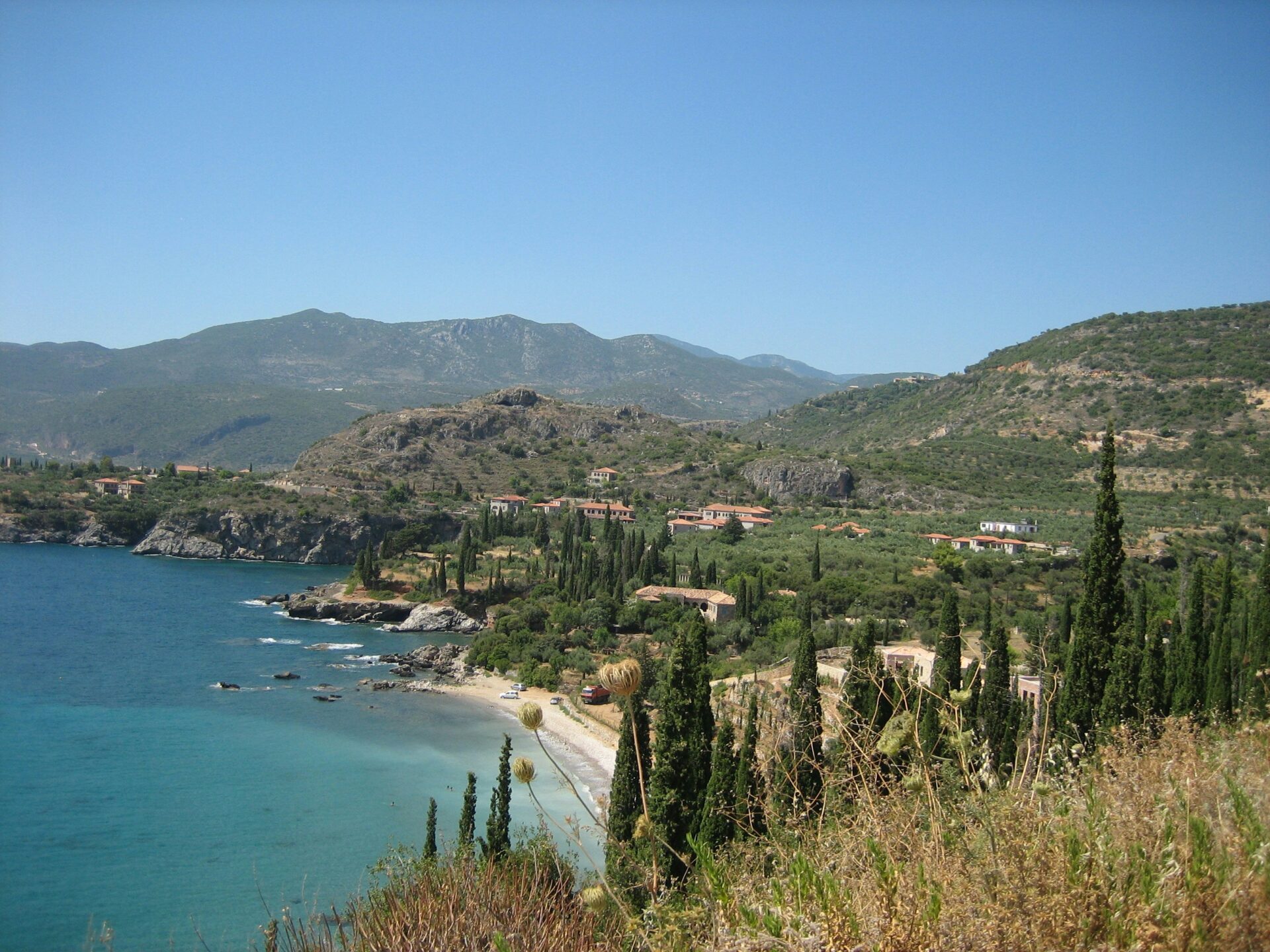
Recommended Books and eBooks
Reading about Mani’s history honestly made my visit so much better. Patrick Leigh Fermor’s Mani: Travels in the Southern Peloponnese tops my list—his storytelling just pulls you into the region’s landscapes and introduces you to its people.
I grabbed a locally written ebook for a quick historical overview. It highlighted major sites and slipped in some lesser-known legends, which I loved.
If traditional recipes are your thing, you’ll find digital cookbooks from small publishers. They’re packed with sweets like prickly pear jam.
Village bookshops often stock literature by contemporary Maniot writers. Picking up a book as a souvenir feels like a deeper connection with the region, doesn’t it?
Recommended reading list for Mani:
- Mani: Travels in the Southern Peloponnese – Patrick Leigh Fermor
- We Are Imazighen (for heritage concepts, especially if you want to compare Mediterranean regions)
- Local cookbooks and travel eBooks found in village shops or online

